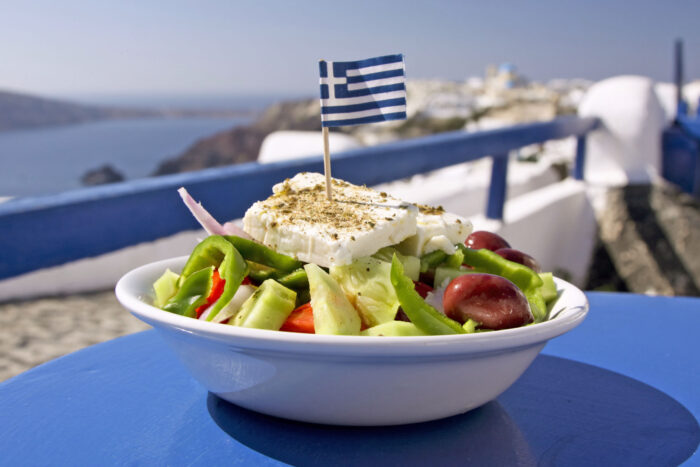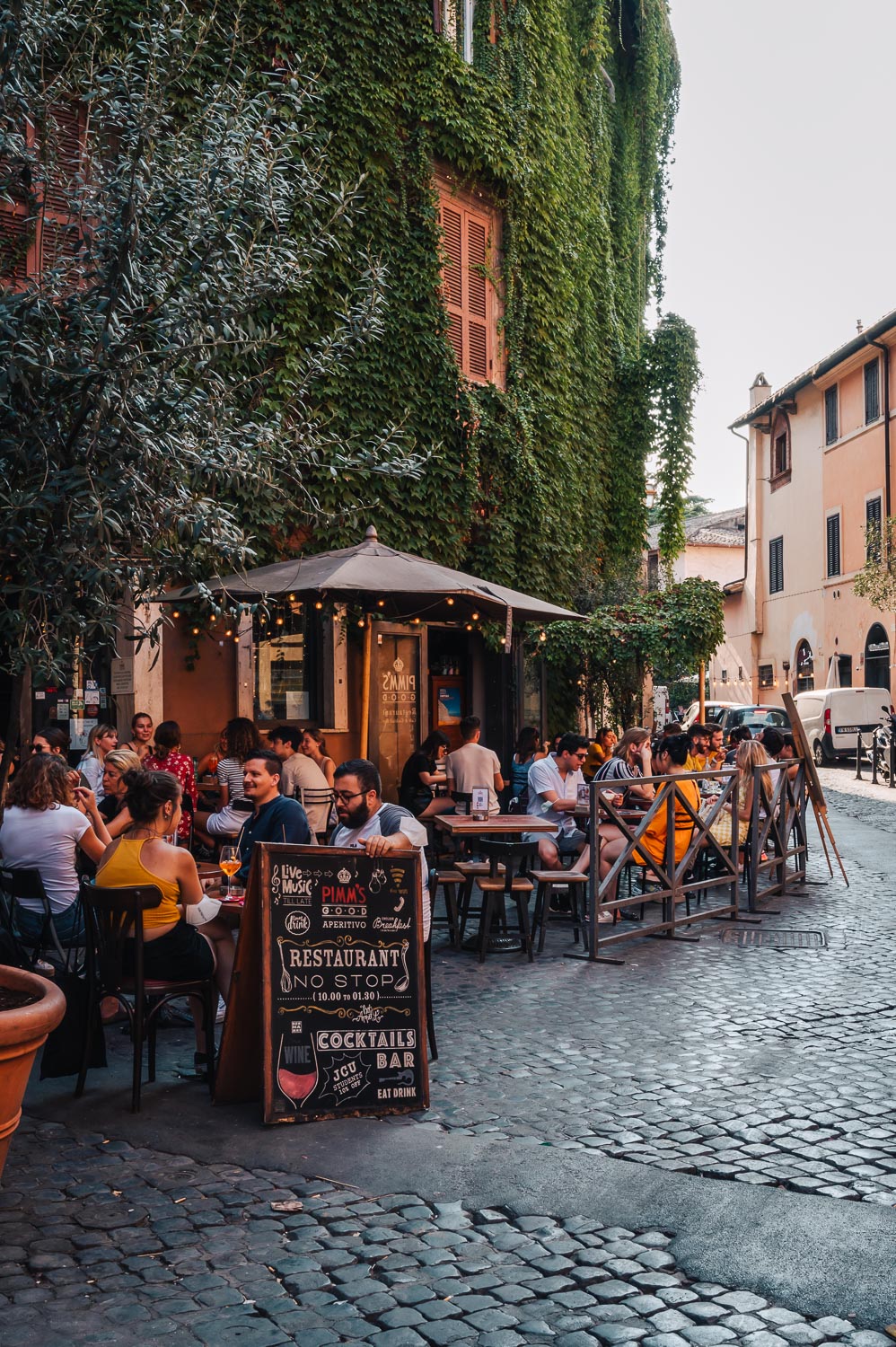Travelling is a feast for the senses. The sights, sounds, smells and tastes all blend to create experiences that linger long after the journey ends. Among these, the meals we enjoy while traveling often hold a special place in our memories. A dish savored in a bustling street market, a family recipe shared by locals, or a candlelit dinner in a charming restaurant can become the centerpiece of a travel story. But why do meals hold such power over our travel memories? This blog post explores the deep connection between memorable meals and the way we recall our travel experiences, revealing how food shapes what we remember and how we feel about a place.

Photo by Leah Newhouse
The Sensory Power of Food in Travel
The way we remember a place often begins with the senses, and food has a unique ability to engage all of them at once. From the sizzle of meat on a grill to the fragrant aroma of spices in a bustling market, food anchors us in a moment and place. Many food experiences while travelling stay with us because of how something tastes and because of the full sensory environment, such as the sounds, textures, visuals, and even the weather or mood. These details, woven together, create deeply imprinted memories that can be recalled instantly with a single bite or scent, long after the trip has ended.
Food as a Gateway to Culture
Meals provide more than just sustenance; they offer insight into a culture’s history, traditions, and values. For example, enjoying afternoon tea in London offers a delightful immersion into British history, etiquette, and culinary traditions, connecting you to centuries of local culture.
When we share food with locals or partake in traditional cooking methods, we create meaningful interactions that deepen our connection to the place. These cultural exchanges often become highlights of a trip, making the meal a symbol of broader experiences and emotions associated with that destination.

Creating Social Bonds Through Shared Meals
Travelling often involves sharing meals with companions or strangers, fostering social connections that enhance the travel experience. Whether it’s a family-style dinner with new friends or a communal feast at a local festival, these shared meals strengthen relationships and create lasting memories. The social aspect of eating together releases oxytocin, the “bonding hormone,” which can make the moment feel more special and memorable. These shared experiences often become stories retold long after the trip, reinforcing the link between food and travel memories.
The Role of Novelty in Food Memories
Novel experiences are more likely to be remembered, and trying unfamiliar foods while traveling taps directly into this novelty. Sampling exotic ingredients or unusual cooking techniques challenges our palate and stimulates curiosity, which makes the memory stand out. For many travelers, the excitement of tasting something new, like fresh sushi in Tokyo or tagine in Morocco, becomes intertwined with their sense of adventure. This novelty factor enriches the travel experience and anchors memories in our minds more firmly.
Food and the Landscape
Meals often reflect the natural environment and geography of a destination, connecting food to the landscape. Ingredients sourced locally, such as fresh seafood by the coast, feta cheese from Greece or wild herbs from mountain regions, tie a dish to its place of origin. When travellers taste these regional specialties, they’re tasting the essence of the location. This connection to place through food enhances the authenticity of the experience and strengthens travel memories by linking flavours to physical settings and landscapes.

A perfect Greek salad with olives, green peppers and feta cheese in Oia, Santorini
Emotional Resonance of Food During Travel
Food experiences during travel often evoke strong emotions, whether joy, surprise, comfort, or nostalgia. A comforting bowl of pasta in a Roman trattoria might evoke warmth and contentment, while an intense street food adventure might bring excitement and a sense of daring. These emotional responses create deeper memory traces because emotions are critical in encoding memories. When we look back on travel experiences, it’s often the emotions tied to the meals that make the memories stand out vividly.

The Role of Rituals and Traditions
Many cultures have food rituals and traditions that travelers may witness or participate in, such as tea ceremonies in Japan or tapas hopping in Spain. These rituals add layers of meaning and context to the food experience, making it more memorable. Participating in or observing these time-honored customs during a meal provides a glimpse into a culture’s values and social fabric, transforming a simple meal into a meaningful event. Such experiences create stories and memories that become treasured souvenirs of travel.
The Impact of Food Photography and Social Sharing
Food and travel memories are often documented through photos shared on social media platforms. Capturing and sharing images of meals from unique locations helps travellers preserve and revisit their memories visually. Social media enables the sharing with friends and followers, amplifying the memory’s significance. This practice encourages mindful eating and appreciation of local cuisine, deepening the travel experience and making food an even more integral part of how we remember our journeys.
Challenges in Recreating Travel Food Memories
While food memories are powerful, trying to recreate a dish back home can be challenging. Ingredients may be unavailable or the ambiance difficult to replicate, which can make the recreated meal feel less authentic. These attempts often spark nostalgia and reinforce the original travel memory. Cooking a traditional recipe from a trip or dining at a themed restaurant can bring a fragment of that experience back, allowing travelers to relive their memories and share them with others.
Food as a Timeless Travel Souvenir
Unlike physical souvenirs, food experiences are intangible but deeply personal. The taste of a meal can instantly transport us back to a place and moment in time, evoking detailed memories that no postcard can capture. These edible souvenirs live on in our minds and senses, often inspiring future travels or culinary explorations. Memorable meals become a lasting part of our travel narrative, connecting us to places and cultures long after we’ve returned home.

The connection between meals and travel memories is undeniable. Food engages our senses, emotions, and social bonds, making it a powerful anchor for recalling travel experiences. It offers a direct gateway to culture, place, and tradition, enriching our journeys and leaving lasting impressions. Whether it’s a simple street snack or a gourmet feast, the meals we share during travel become more than just food. They become stories, emotions, and vivid memories that shape how we remember the world. So next time you travel, savor every bite, knowing that these moments will nourish your travel memories for years to come.









